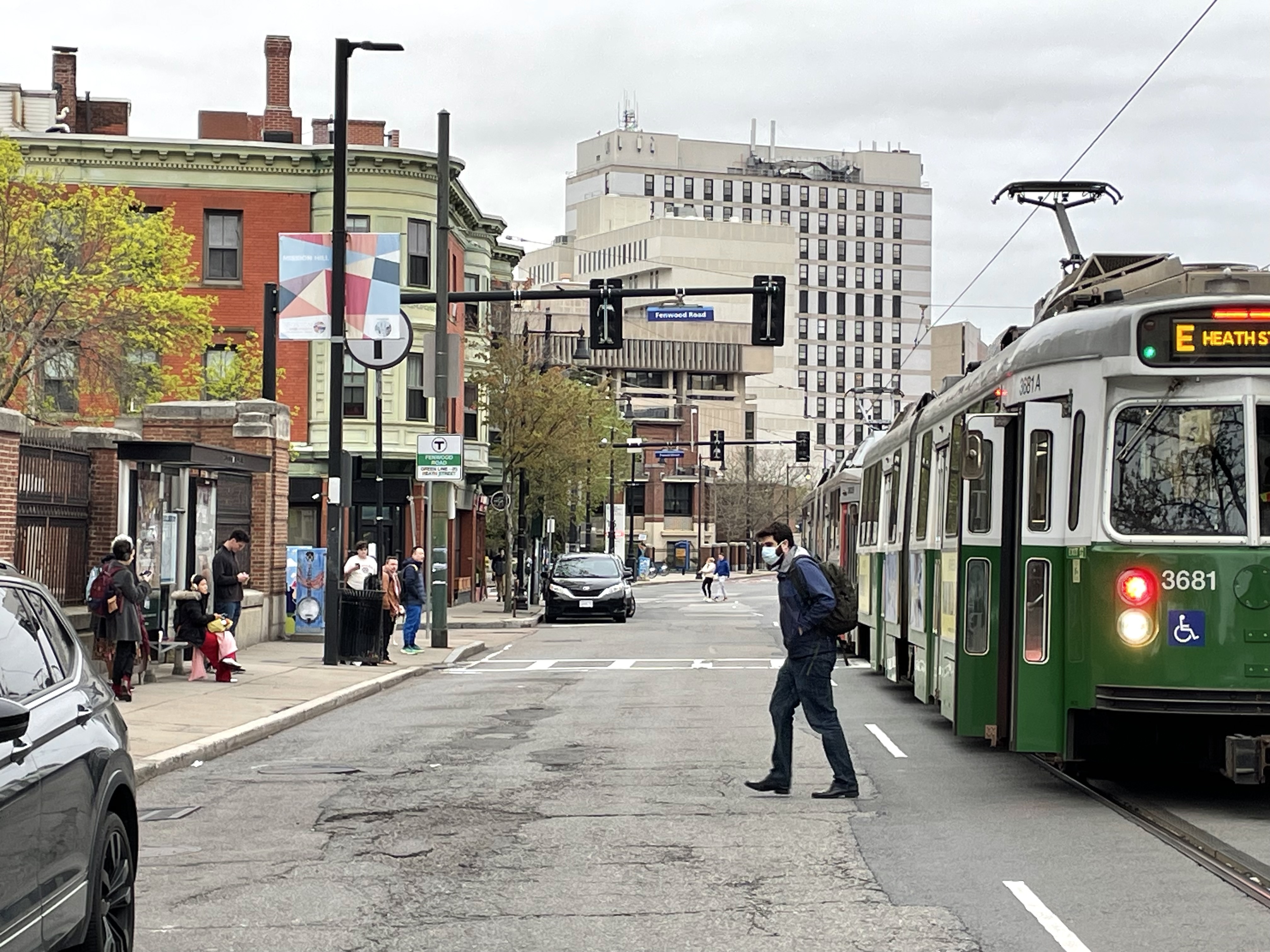Yes, like you, I've been following the transition from the start, and it is great to see. The other thing that excites me about how close it has become to the original concept, is that it can now start to also serve as a model for transforming some of the other lines that run through EJ communities. We should be able to achieve something similar for the inner Newburyport/Rockport line, for example. And since it clearly works to increase ridership, why wait?
Well.. the issue with South Station at least was the lack of space there. I guess this means they have no plans on bringing back full peak service on the other SS lines. I believe the crunch at NS is less of an issue.

